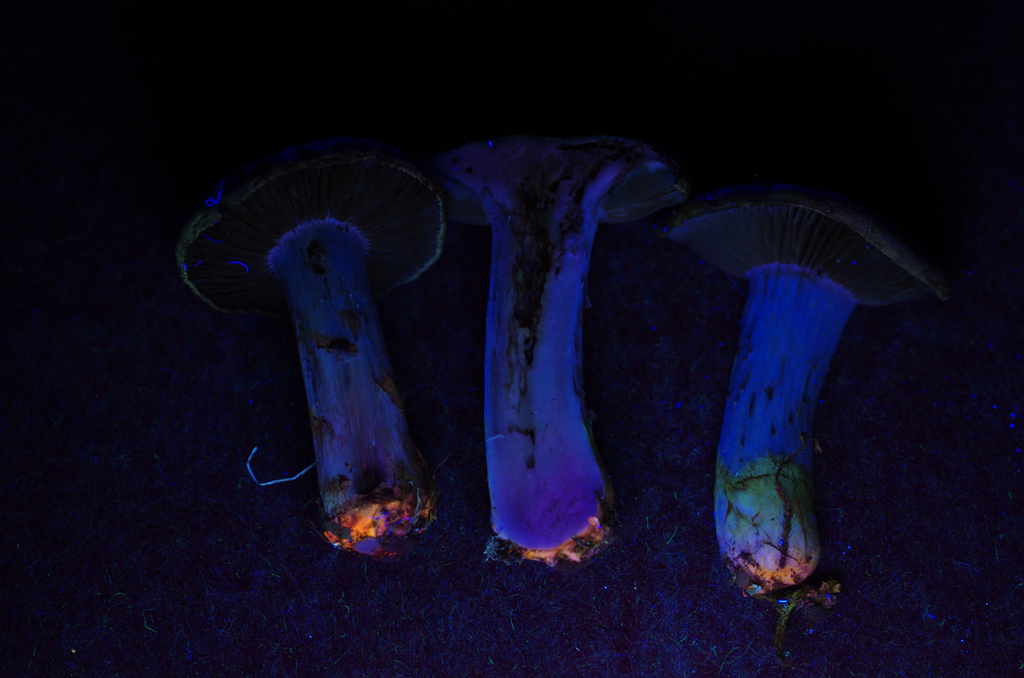3.6: Basidiomycota (Club Fungi)
- Page ID
- 35314
\( \newcommand{\vecs}[1]{\overset { \scriptstyle \rightharpoonup} {\mathbf{#1}} } \) \( \newcommand{\vecd}[1]{\overset{-\!-\!\rightharpoonup}{\vphantom{a}\smash {#1}}} \)\(\newcommand{\id}{\mathrm{id}}\) \( \newcommand{\Span}{\mathrm{span}}\) \( \newcommand{\kernel}{\mathrm{null}\,}\) \( \newcommand{\range}{\mathrm{range}\,}\) \( \newcommand{\RealPart}{\mathrm{Re}}\) \( \newcommand{\ImaginaryPart}{\mathrm{Im}}\) \( \newcommand{\Argument}{\mathrm{Arg}}\) \( \newcommand{\norm}[1]{\| #1 \|}\) \( \newcommand{\inner}[2]{\langle #1, #2 \rangle}\) \( \newcommand{\Span}{\mathrm{span}}\) \(\newcommand{\id}{\mathrm{id}}\) \( \newcommand{\Span}{\mathrm{span}}\) \( \newcommand{\kernel}{\mathrm{null}\,}\) \( \newcommand{\range}{\mathrm{range}\,}\) \( \newcommand{\RealPart}{\mathrm{Re}}\) \( \newcommand{\ImaginaryPart}{\mathrm{Im}}\) \( \newcommand{\Argument}{\mathrm{Arg}}\) \( \newcommand{\norm}[1]{\| #1 \|}\) \( \newcommand{\inner}[2]{\langle #1, #2 \rangle}\) \( \newcommand{\Span}{\mathrm{span}}\)\(\newcommand{\AA}{\unicode[.8,0]{x212B}}\)





- 3.6.1: Characteristics
- Characteristics shared by members of the Basidiomycota.
- 3.6.2: Types of Basidiocarps
- Basidiomycetes in the Agaricomycotina sexually reproduce within fruiting structures called basidiocarps. These can take many forms.
- 3.6.3: Life Cycles of Basidiomycetes
- For each of the three major lineages of Basidiomycota, there is a different model life cycle. The common element between the three is that both karyogamy and meiosis take place within the basidium. There is often an extended dikaryotic stage.
- 3.6.4: Rusts and Smuts
- Rusts and smuts are the other two lineages of Basidiomycota. These are primarily known as plant pathogens, but many smuts are also saprotrophs and/or commensal organisms.


